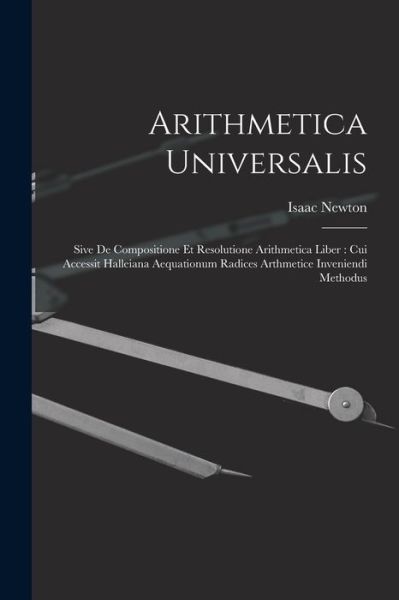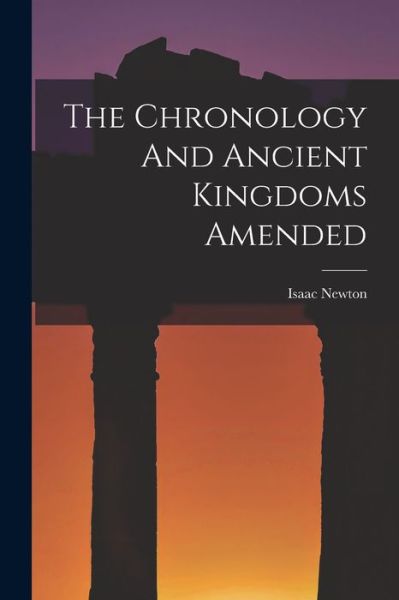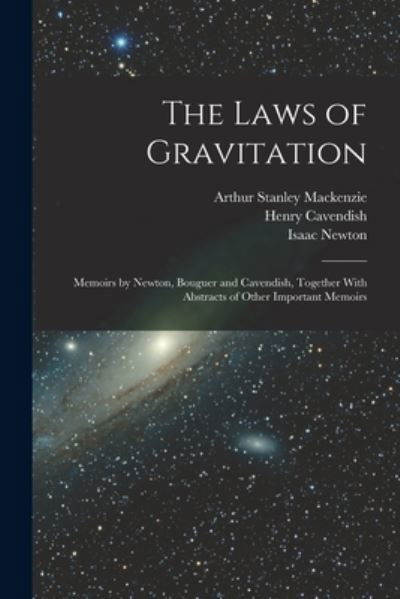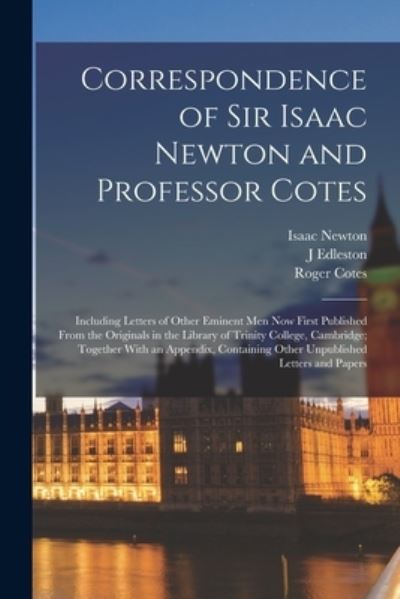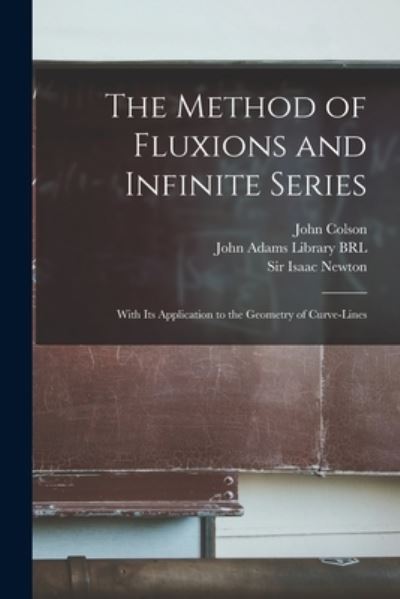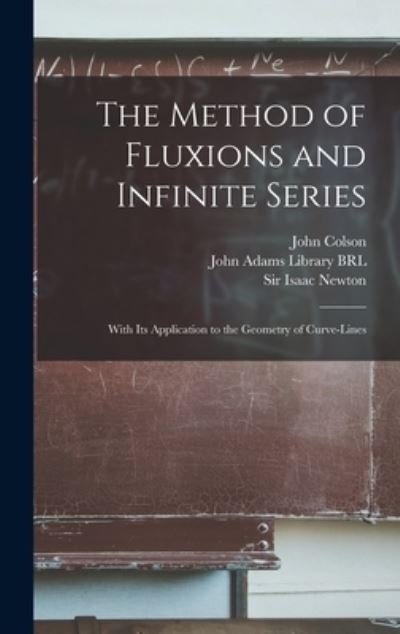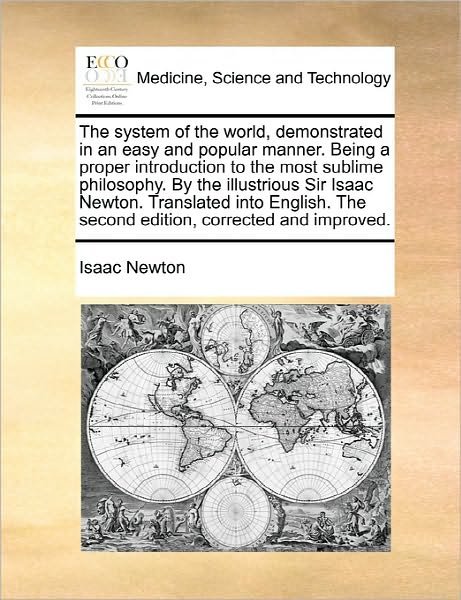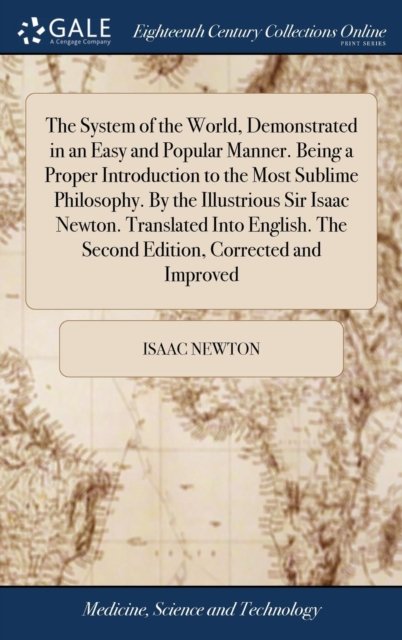
Recomienda este artículo a tus amigos:
The System of the World
Isaac Newton
The System of the World
Isaac Newton
The System of the World
De Mundi Systemate
Isaac Newton
On the system of the world, is an exposition of many consequences of universal gravitation, especially its consequences for astronomy. It builds upon the propositions of the previous books, and applies them with further specificity than in Book 1 to the motions observed in the solar system. Here (introduced by Proposition 22, and continuing in Propositions 25-35) are developed several of the features and irregularities of the orbital motion of the Moon, especially the variation. Newton lists the astronomical observations on which he relies, and establishes in a stepwise manner that the inverse square law of mutual gravitation applies to solar system bodies, starting with the satellites of Jupiter and going on by stages to show that the law is of universal application. He also gives starting at Lemma 4 and Proposition 40) the theory of the motions of comets, for which much data came from John Flamsteed and Edmond Halley, and accounts for the tides, attempting quantitative estimates of the contributions of the Sun and Moon to the tidal motions; and offers the first theory of the precession of the equinoxes. Book 3 also considers the harmonic oscillator in three dimensions, and motion in arbitrary force laws.
Newton also made clear his heliocentric view of the solar system, modified in a somewhat modern way, since already in the mid-1680s he recognised the "deviation of the Sun" from the centre of gravity of the solar system. For Newton, "the common centre of gravity of the Earth, the Sun and all the Planets is to be esteem'd the Centre of the World," and that this centre "either is at rest, or moves uniformly forward in a right line." Newton rejected the second alternative after adopting the position that "the centre of the system of the world is immoveable," which "is acknowledg'd by all, while some contend that the Earth, others, that the Sun is fix'd in that centre." Newton estimated the mass ratios Sun: Jupiter and Sun: Saturn, and pointed out that these put the centre of the Sun usually a little way off the common center of gravity, but only a little, the distance at most "would scarcely amount to one diameter of the Sun."
| Medios de comunicación | Libros Paperback Book (Libro con tapa blanda y lomo encolado) |
| Publicado | 23 de diciembre de 2015 |
| ISBN13 | 9781522879695 |
| Editores | Createspace Independent Publishing Platf |
| Páginas | 78 |
| Dimensiones | 178 × 254 × 4 mm · 149 g |
| Lengua | English |
Mas por Isaac Newton
Más de esta serie
Ver todo de Isaac Newton ( Ej. Paperback Book , Hardcover Book y Book )

 Los regalos de Navidad se podrán canjear hasta el 31 de enero
Los regalos de Navidad se podrán canjear hasta el 31 de enero













